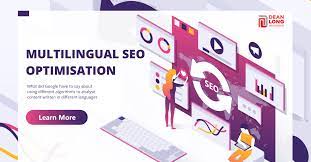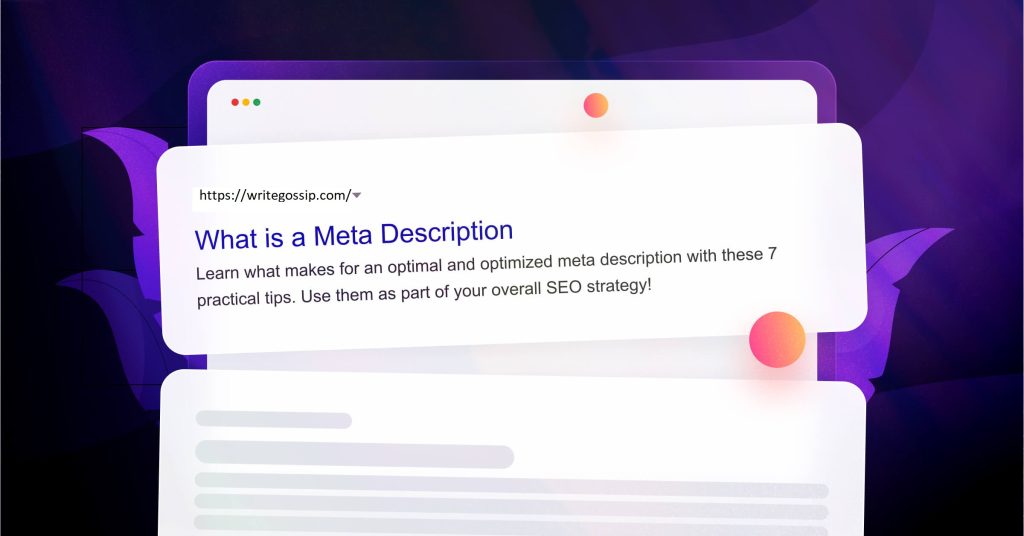5 Proven Tips for Writing Click-Worthy Meta Descriptions


Meta descriptions are often underestimated in the world of search engine optimization (SEO). These brief snippets that appear under your website’s title on search engine results pages (SERPs) play a crucial role in attracting visitors to your site. When well-crafted, they can significantly improve your click-through rates and, ultimately, your website’s overall performance. In this article, we will explore five proven tips for writing click-worthy meta descriptions to help you optimize your web presence and drive more traffic to your site. Don’t forget to Optimize your meta descriptions using these tips to make the most of your SEO efforts.
1. Understand Your Audience
The first step in creating compelling meta descriptions is to understand your target audience. Who are the users you want to attract to your website? What are their needs, preferences, and pain points? By having a clear understanding of your audience, you can tailor your meta descriptions to address their specific interests.
Consider using language that resonates with your audience. If you’re targeting a young and tech-savvy crowd, your meta descriptions can be more casual and contemporary. On the other hand, if your audience is more professional or conservative, you may want to use a more formal tone. Understanding your audience’s language and preferences is key to crafting meta-descriptions that appeal to them.
2. Keep It Concise and Informative
Meta descriptions have character limits, typically around 150-160 characters. It’s essential to stay within these limits to ensure that your description displays correctly in search results. A concise and informative meta-description should quickly convey the main message of the page it represents.
In your meta description, include relevant keywords that accurately describe the content of the page. These keywords will help search engines understand the content and rank your page accordingly. When users see their search terms reflected in your meta description, they are more likely to click through to your website.
3. Create a Sense of Urgency or Curiosity
One effective way to make your meta descriptions more enticing is to create a sense of urgency or curiosity. Use action-oriented language that encourages users to take immediate action, such as “Discover,” “Learn,” or “Get Started.” You can also pose questions that pique the reader’s curiosity, making them want to click for answers.
Additionally, consider highlighting any special offers, discounts, or time-sensitive information in your meta descriptions. Words like “Limited Time Offer” or “Exclusive Deal” can create a sense of urgency, motivating users to click through to your site to learn more. Remember, the goal is to entice users and convince them that your page has the information or solution they’re looking for.
4. Match Meta Descriptions to Page Content
One common mistake in meta-description writing is creating descriptions that don’t accurately represent the content of the page. This can lead to high bounce rates and a poor user experience. To prevent this, ensure that your meta description aligns with the actual content on the page.
Avoid using clickbait tactics that mislead users into clicking on your link. Honesty is crucial in meta-description writing. If your meta description promises something, your page should deliver on that promise. Inaccurate or deceptive descriptions may temporarily increase click-through rates, but they can harm your website’s reputation and rankings in the long run.
5. Test and Iterate
Finally, to create the most effective meta descriptions, it’s essential to test and iterate. A/B testing is a valuable technique to determine which descriptions perform best. Create multiple variations of your meta descriptions and measure their click-through rates to identify which ones are most effective.
Various tools and analytics platforms can help you track the performance of your meta descriptions. Keep an eye on the data and make improvements based on the results. Over time, you’ll develop a better understanding of what works best for your specific audience and industry.
Conclusion
In conclusion, optimizing your meta descriptions is a critical aspect of improving your website’s SEO and increasing your click-through rates. By understanding your audience, keeping your descriptions concise and informative, creating a sense of urgency or curiosity, matching descriptions to page content, and testing and iterating, you can craft meta descriptions that entice users to visit your site. Remember to keep the user experience in mind, and always strive for accuracy and relevance in your meta descriptions. With these five proven tips, you’ll be well on your way to writing click-worthy meta descriptions that drive more traffic and improve your online visibility.



